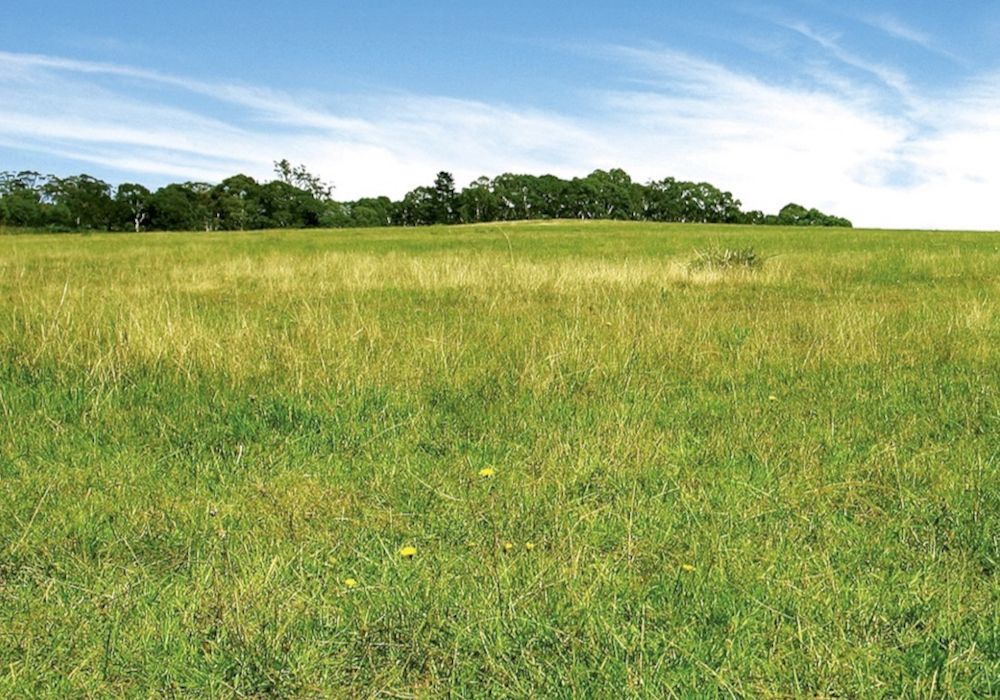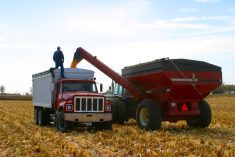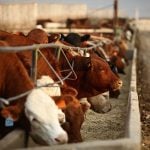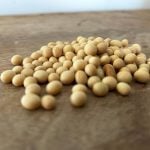Landowners and ranchers don’t get enough for conservation easements to offset the opportunity cost, according to a study commissioned by a Saskatchewan producer group.
Mindy Hockley, assistant program manager with the Saskatchewan Stock Growers Foundation, noted that farmers can calculate what they’ll get for breaking up land and converting it to grain crop use. Compared to what they’d get putting that same land into a conservation easement, the financial winner is clear. It’s not the easement.
“They’re going to make way more year-over-year [cropping], essentially, according to these figures,” she said.
Read Also

Protecting the farm from crime
From better lighting to cameras to reporting to police, here are some things farmers can do to reduce their crime risk.
Why it matters: Conservation easements are presented as a way to protect the ecological value of land while paying the farmer, but farmers say those payments are not enough to compensate for losses from reduced agricultural activity.
The foundation, which formed in 2020 as a charity and land trust under the Saskatchewan Stock Growers Association, commissioned researcher Jared Carlberg to estimate the difference in returns between long-term cropping and livestock systems on marginal land in the brown soil zone in southwestern Saskatchewan.
Carlberg, a professor of agribusiness and agricultural economics at the University of Manitoba, compared returns from a durum-lentil-canola rotation with a cow-calf herd over 10, 25, 50 and 100 years. His model included different scenarios with better or worse yields and more or less profitable ranches. In every case, cropping was more profitable.
Flawed values
Carlberg concluded that the current fair market value method of compensation for easements is flawed and might not reflect the value of the land.
For one thing, “markets for agricultural products are notoriously thin,” he wrote in his report. “An asset’s ‘fair market value’ cannot be ascertained in the absence of an adequate number of buyers.”
Land markets can be similarly thin and similarly skewed by a low number of buyers, he added.
As well, fair market value isn’t ideal because “most farmland buyers, unfortunately, do not have a strong sense of the expected future cash flows to the land parcel, especially over the very long term,” he wrote.
“Factors other than expected returns (i.e. discounted future cash flows) can significantly impact land value,” Carlberg said. “Landowners, for example, might bid lower for land if it is geographically distant from land they already farm.”
He concluded that the value of a conservation easement can only be captured by estimating the value of that land based on financial return from its different uses.
Hockley said the study is an effort to find a different approach to easements.
Before forming the land trust, the Saskatchewan Stock Growers Association surveyed members and found they were reluctant to sign conservation easements because they didn’t want to lose control of their land forever or saddle the next generation with the easement deal, she said.
They also “felt that they weren’t being properly compensated for the ecological goods that those lands actually provide.”
However, “grasslands in general are disappearing, and it’s a very important landscape that we need to protect,” said Hockley.
That led the association to contemplate term easements with lengths that suit the landowners. When it proposed higher compensation for landowners, federal funders balked.
This study provides data to show the need for higher compensation, Hockley said.
Asked if she thought the study’s conclusions could apply to other provinces, she said it would be difficult to compare them directly. However, it could prompt other groups to revisit compensation to landowners.
“This may stir the pot a little bit,” she said.
















